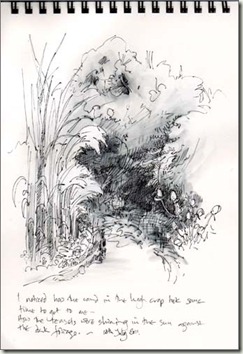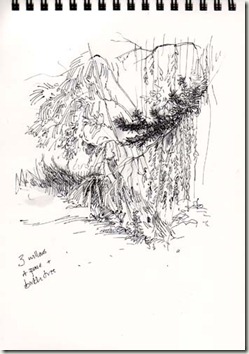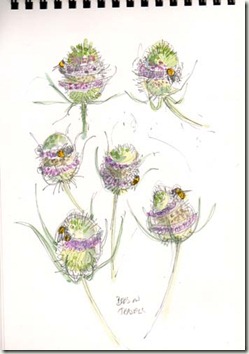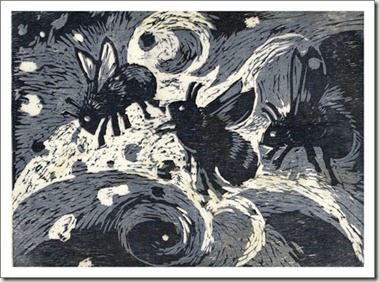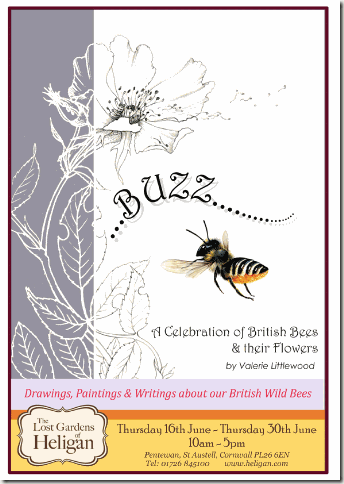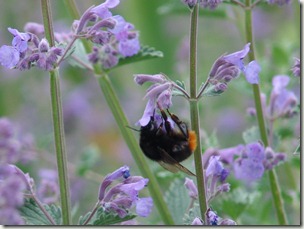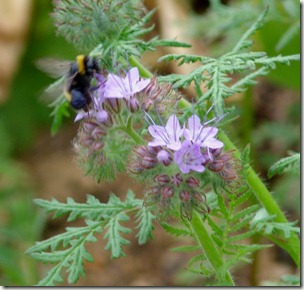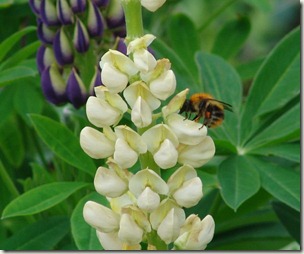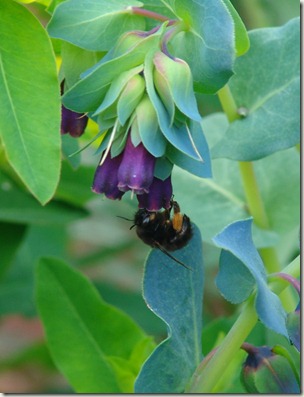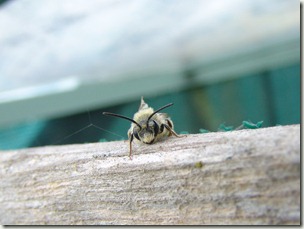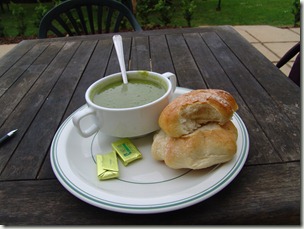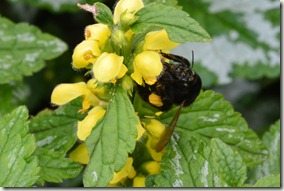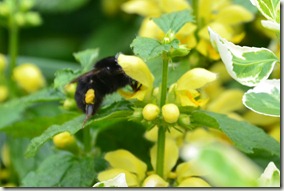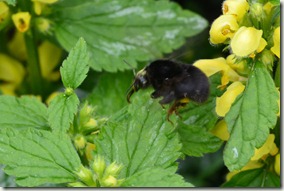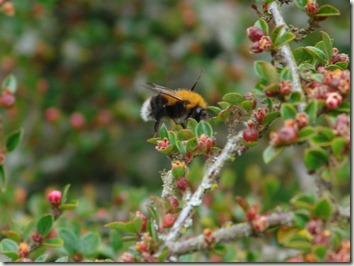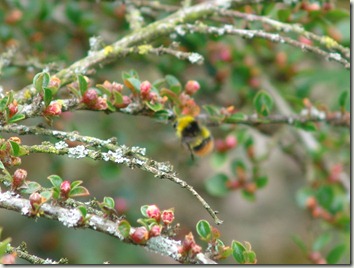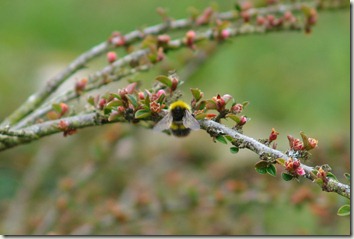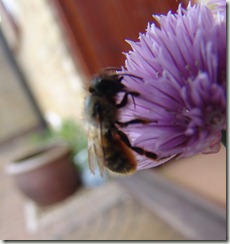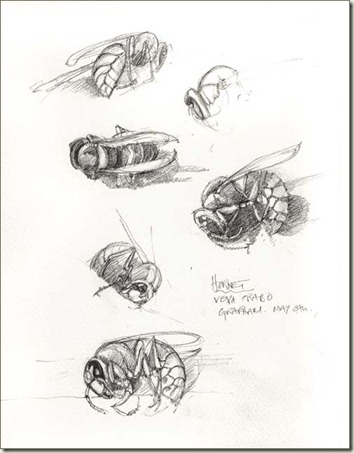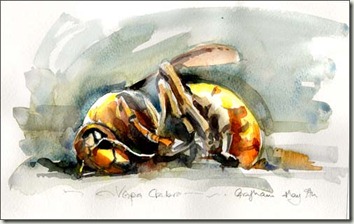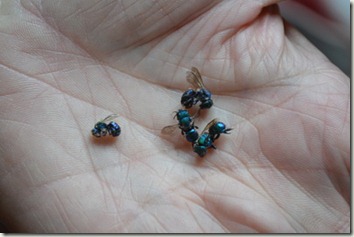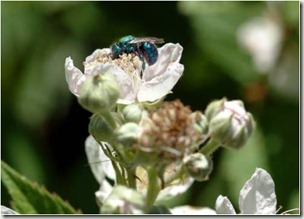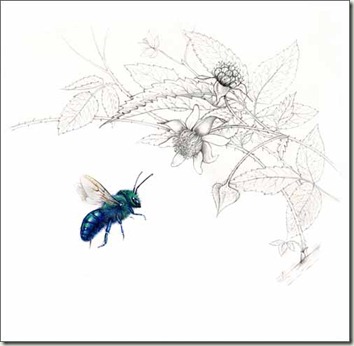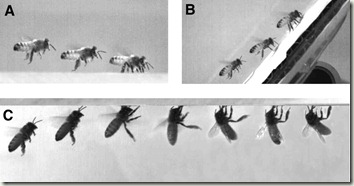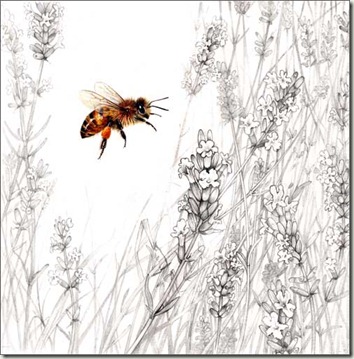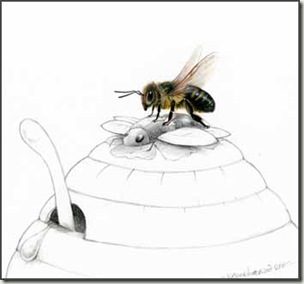A path, bees and (killer) teasels. Yesterday I met with my artist friend Jean after visiting the Aged P. The Aged P is not doing too well and is a profound worry.
We are doing the best we can for him and life must go on, but it is a situation which weighs heavily on the not-so-broad shoulders of myself and my sister… so, to mull it all over, I go for a walk.
I have been walking for days now. Jean and I were talking about how good it is for body and mind to sketch out of doors. Its something I have not done much of recently. So today for my mind clearing walk I also took along the sketchbook. It has to be simple for me so a pen, a pencil and a sketchbook.
Sketchbook work is always so good for looking and seeing, and recording thoughts if you have a mind to do that.
Today then, the path, which follows the reservoir shore. It is lined on one side with a very tall unidentified crop which looks almost like sugar cane.
As I stood sketching,a gusty wind started at the far end of the field and slowly worked its way towards me, thrashing the tops of the tall crop, rustling and advancing in an unnerving way.
You would surely think there was a tiger in there somewhere. Willows line the path on the other side, with the occasional conifer and birch.
Then there were the wonderful teasels. They are widespread here and I have been watching them develop from little green prickly rosettes into the tall and beautiful flower heads, beloved of bees of course.
I watched the bees carefully work their way systematically round each ring of flowers. I also now realise that teasels start flowering from one central ring , then as those flowers die and fall away the flowers develop both up and down making two ring of purple.
Fascinating and geometrically stunning.
Bees on Teasels
I sketched them in pencil while I was out and added a bit of colour on my return. The bees today (cold windy and occasionally wet), were mostly pretty gingery B pascuorum. I wrote about teasels before here, beautiful and useful!
However they do have a dark side where insects are concerned … read two fascinating posts from two excellent natural history blogs, first Killer Teasels post over on Cabinet of Curiosities blog and again on Wasp and Teasel Water Cup on A Bug Blog.
It seems that teasels thrive on drowned insects!

